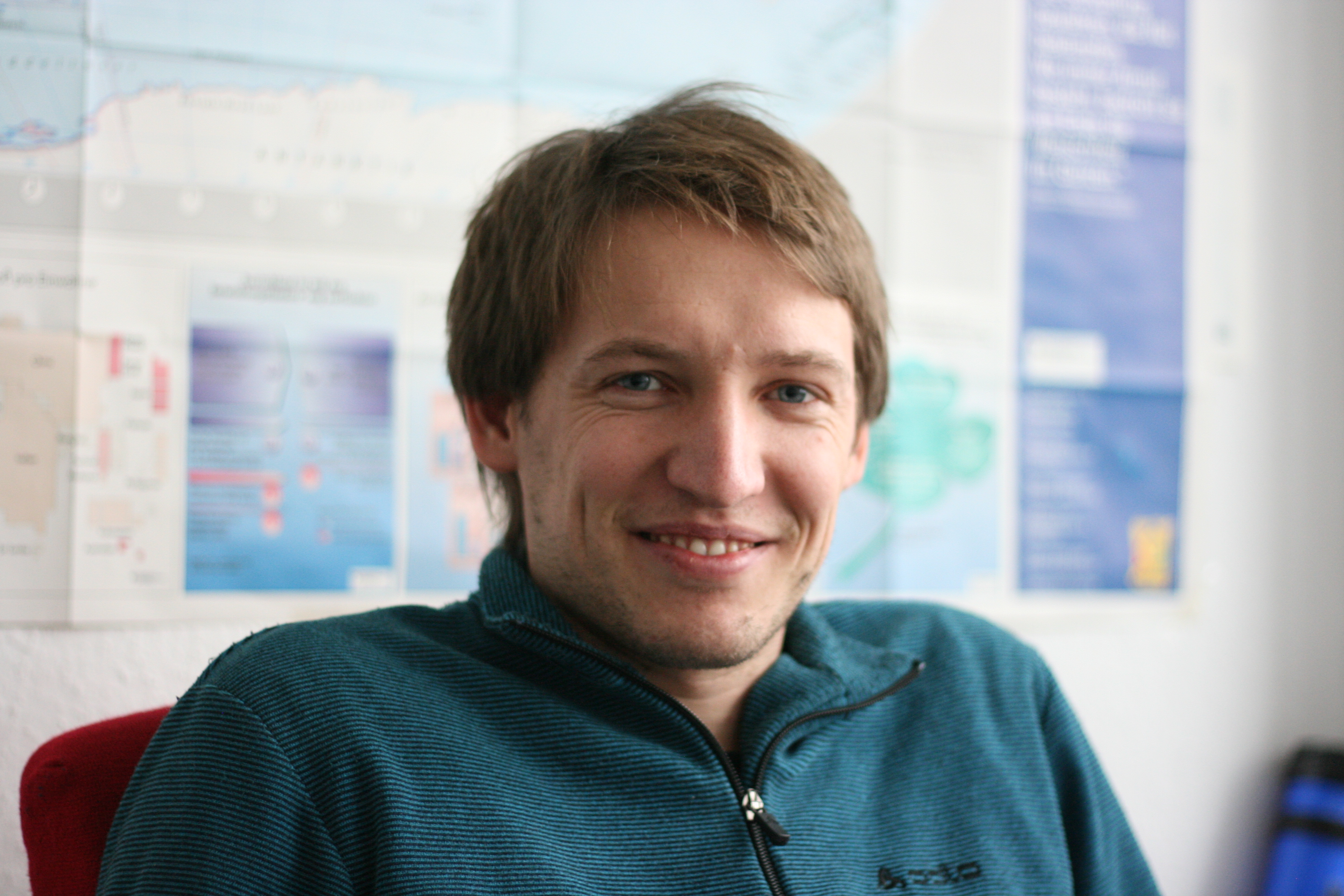Book (in progress): An Introduction to Bayesian Data Analysis for Cognitive Science, CRC Press
Authors



Read book online
The entire book (in its current form) is available: https://vasishth.github.io/bayescogsci/book/Download the code in the book, by chapter
The code used in the book is available by chapter: click here.Video lectures for each chapter
These are coming soon (sometime in April 2022). For now, you can watch lectures for the first five chapters here.Comments and suggestions for improvement welcome
Everyone is welcome to comment on the book and to suggest improvements or to point out mistakes. In order to help us keep track of the comments, please open an issue here.Motivation for writing this book
In recent years, Bayesian methods have come to be widely adopted in all areas of science. This is in large part due to the development of sophisticated software for probabilisic programming; a recent example is the astonishing computing capability afforded by the language, Stan.However, the underlying theory needed to use such computational tools sensibly is often inaccessible because end-users don't necessarily have the statistical and mathematical background to read the primary textbooks (such as Gelman et al's classic Bayesian Data Analysis, 3rd edition). In this course, we seek to cover this gap, by providing a relatively accessible and technically non-demanding introduction to the basic workflow for fitting different kinds of linear and non-linear models (e.g., linear mixed models, distributional regression models, mixture models, multinomial processing trees, etc.) using Stan. To illustrate the capability of Bayesian modeling, we will use the R package RStan and a powerful front-end R package for Stan called brms.
The book is aimed at researchers working in experimentally-focused areas (psychology, linguistics, psycholinguistics, and related disciplines). For this reason, we use real data-sets from psycholinguistics and related fields to demonstrate the capabilities of Bayesian modeling.